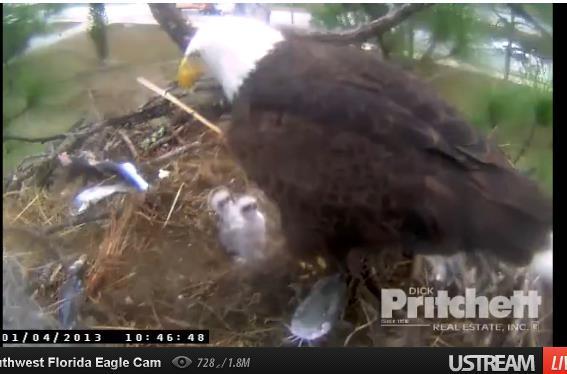We learned
last week that Pacific salmon can grow to very large sizes when they spawn, but how do they know
where to spawn?
If Pacific salmon spend most of their lives in the open ocean, how do they find their natal streams (the streams in which they were born) when they return to freshwater to spawn?
Hint #1: Planetarium studies have indicated that some species of bird rely on celestial navigation, orienting themselves based on the location of specific starts in the night sky. But since salmon can't see the stars, this isn't a tactic they can utilize.
Hint #2: Birds and salmon
do have a navigation technique in common, though. It's the same way many animal species, from bats to sea turtles, find their way.
Hint #3: Scientists believe that salmon use not one, but two navigational aids to return from the ocean to their natal streams.
Hint #4: The technique for traversing ocean currents to find their way to freshwater is thought to be different from the method salmon rely on in the streams themselves.
Hint #5: You may think Fido is good at sniffing things out, but he can't compare to a Pacific salmon.
.
.
.
.
.
.
.
.
.
.
 |
| Photo credit: Natalie Fobes |
The two primary navigational aids salmon rely on are
magnetism and
scent. When salmon are in the open ocean, scientists believe they travel primarily by orienting themselves with the earth's magnetic field, much like many migrating species, like sea turtles, birds, and bats. Once they reach freshwater, however, scent plays the dominant role in guiding salmon travel. Young salmon migrating out to sea, known as smolts (pictured above), imprint different scents from their environment as they travel downstream. This allows them to create a memory bank of scents, which they later can use as a scent-map of sorts to guide their return to their birthplace as adults.
Labels: Alaska, ecology, salmon, spawning, trivia, Trivia Question of the Week








